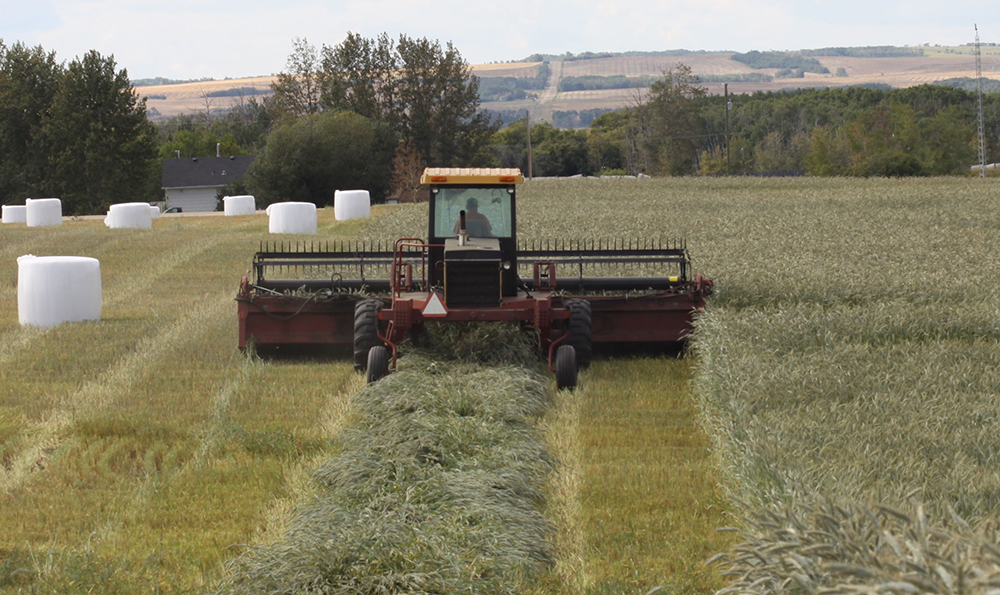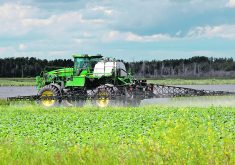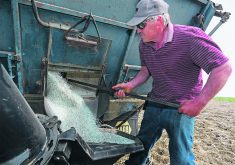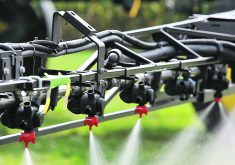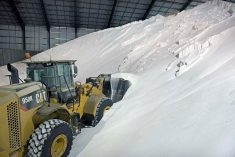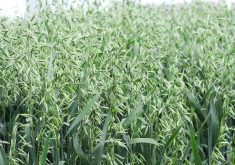We use technology in almost everything we do, farming included.
But technology can be costly. Taking advantage of provincial and federal programs created to assist producers can make costs easier to accept and I’d like to highlight two programs designed for that purpose.
CAP, introduced in 2018, supports region-specific agricultural programs and services, tailored to meet regional needs. The funding is shared between federal and provincial-territorial governments but developed and delivered by the provinces and territories
The Farm Technology Program, one CAP program offered in Alberta, supports the adoption of innovative technology that minimizes agricultural waste, optimizes efficiency, and encourages the adoption of best practices in farm security. This program provides financial incentives for new technologies that are commercially available, including digital sensors that contribute to greater precision and more accurate matching of inputs, devices that boost internet coverage on the farm, and GPS equipment trackers that monitor equipment locations.
Read Also
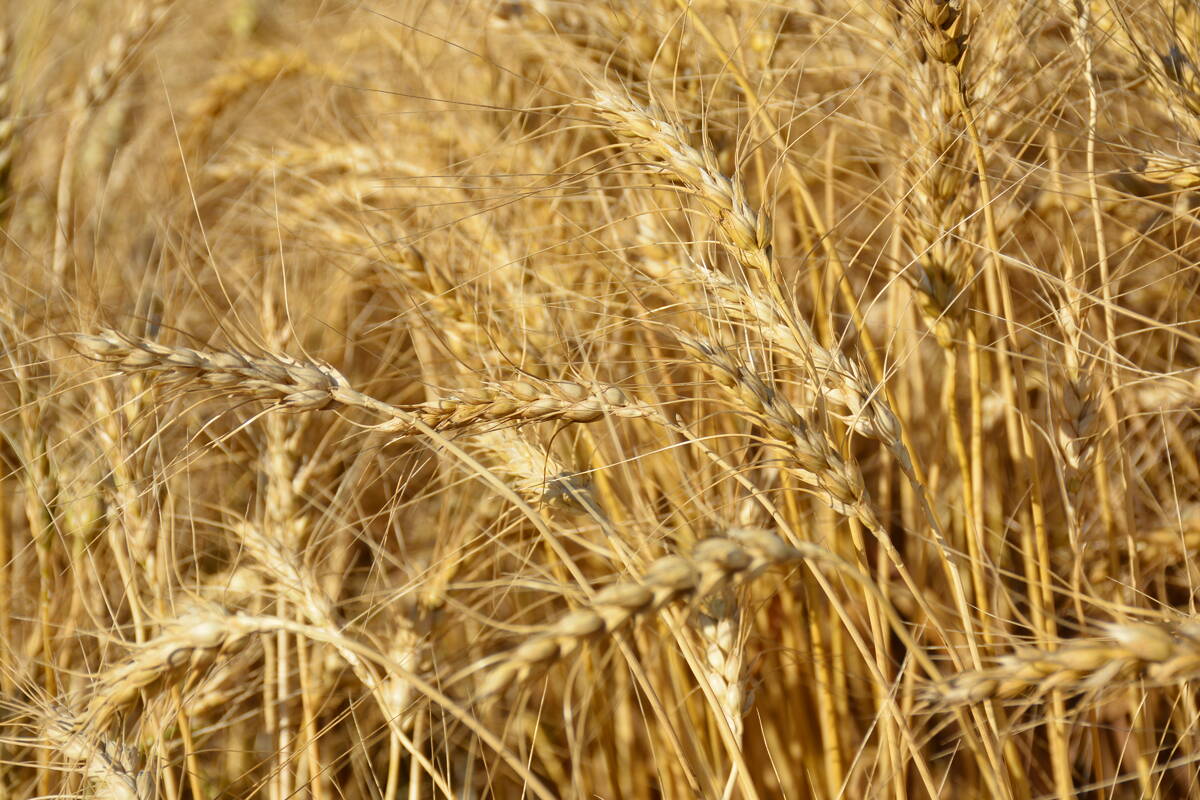
Large wheat supply pressures prices
World wheat prices are likely to continue falling as more bumper crops are harvested, says Arthur Portier, an anlayst and senior consultant with Argus Media.
Saskatchewan farmers can apply for the ADOPT program, which provides funding to help producers demonstrate and evaluate new agricultural practices and technologies at the local level which, if successful, can be adopted by agricultural operations in the region.
Manitoba has funding available for climate change adaptation, environmental stability, food, diet, and health plus sustainable feedgrain supply and use.
SR&ED is a tax incentive program that encourages farmers to improve their operational processes through research and development. You may be surprised how many activities are eligible under SR&ED.
Finding ways to improve your yields or improving your storage system to reduce spoilage could be eligible. Making alterations to your equipment that will allow it to be more efficient could also qualify. Innovations to reduce pollution or lessen the environmental impact on the land could also be eligible.
There are two main benefits from SR&ED. Your expenditures can be deducted from your farm’s income for tax purposes to reduce your overall taxes payable. And you can earn the SR&ED investment tax credit and use it to reduce your income taxes payable, which sometimes results in a refund of the remaining amount.
The federal tax credit is up to 35 percent of the project costs for your farming corporation.
Your SR&ED claim must be filed within 12 months of your income tax return due date. As well, you must support your claim by providing information that often takes time to put together. Because this supporting information is critical, I personally find the best way to do this is to do it throughout the year. Many SR&ED claims are denied because of insufficient documentation.
If you have any questions regarding your project’s qualifications, applying for a SR&ED claim, or what supporting documentation you’ll need, contact a financial adviser.

